Legal Frameworks and Historical Case Studies
Legal Frameworks and Historical Case Studies
By Halim Gençoğlu (PhD)
In this article, I try to investigate a range of war crimes committed by Western powers over the last century, focusing on violations of international humanitarian law in conflicts including World War II, the Vietnam War, the Iraq War, and NATO operations in the Balkans and as well as Africa. It contextualises these actions within the framework of the Geneva Conventions and relevant international legal precedents. In conclusion, the article considers ongoing human rights violations in the Israeli-occupied Palestinian territories, examining claims of war crimes and crimes against humanity under current international legal standards.

War crimes, as defined by the Geneva Conventions and the Rome Statute of the International Criminal Court (ICC), include grave breaches such as wilful killing, torture, and targeting civilian populations. While attention often focuses on crimes committed by authoritarian regimes or non-state actors, Western democracies have also been responsible for serious violations of international humanitarian law. This article reviews such incidents to highlight the global and non-exceptional nature of war crimes.
Case Studies of Western War Crimes
The Allied bombing of Dresden, Germany in February 1945, resulted in the deaths of an estimated 25,000 civilians. Scholars such as Grayling (2006) have argued that the strategic bombing campaign, which deliberately targeted civilian infrastructure, constituted a war crime under modern legal standards, though the laws at the time were less developed.
During the Vietnam War (1955–1975), the United States employed chemical defoliants such as Agent Orange, resulting in severe ecological damage and long-term health consequences for civilians. The My Lai Massacre in 1968, where over 500 unarmed Vietnamese civilians were killed by U.S. troops, remains one of the most notorious war crimes of the conflict (Bilton & Sim, 1992).
During the Kosovo War, NATO conducted airstrikes without United Nations Security Council authorisation, targeting infrastructure and inadvertently killing hundreds of civilians. Human Rights Watch (2000) documented multiple cases in which NATO failed to distinguish between military and civilian targets, raising questions about proportionality and distinction under international humanitarian law.
The U.S. led invasion of Iraq, initiated under contested legal grounds, saw widespread reports of abuse. The torture of detainees at Abu Ghraib prison, as documented by the International Committee of the Red Cross (2004), revealed systemic violations of the Geneva Conventions. Civilian deaths due to indiscriminate attacks also remain a contested issue, with estimates ranging widely depending on methodology and source.
French Colonial Violence in Algeria and Madagascar
During the Algerian War of Independence (1954–1962), the French military engaged in systematic torture, extrajudicial killings, and mass repression of Algerian civilians. The BattleofAlgiers in particular showcased the French use of electric shocks, waterboarding, and summary executions against suspected members of the National Liberation Front (FLN). French General Paul Aussaresses later admitted to using torture as official policy. Estimates of Algerians killed during the conflict range from 300,000 to over 1 million. (Aussaresses, 2002)
Earlier, in Madagascar (1947–1949), France brutally suppressed an anti-colonial uprising. The French army used collective punishment, burned villages, and carried out mass executions. According to some estimates, up to 100,000 Malagasy civilians were killed during the repression often without due process or regard for civilian life.
British Atrocities in Kenya
Between 1952 and 1960, Britain waged a counter-insurgency campaign against the Mau Mau rebellion in Kenya. During this period, tens of thousands of Kenyans were interned in detention camps under horrific conditions. British colonial forces and settlers used forced labor, sexual violence, and torture, including beatings, castrations, and public hangings. A 2011 court case in the UK revealed internal colonial documents proving that these abuses were systematic and centrally documented (Elkins, 2005; Anderson, 2005).
Settler-Colonial Violence in Southern Africa
Under white minority rule in Rhodesia (1965–1979), the government of Ian Smith engaged in racial apartheid, political repression, and military campaigns against Black liberation movements such as ZANLA and ZIPRA. Villages suspected of aiding guerrillas were bombed, civilians were displaced en masse, and political dissent was criminalised. Although less internationally publicised than apartheid in South Africa, the Rhodesian regime carried out what scholars recognise as stateterror against the Black population.
From 1948 to 1994, the apartheid regime in South Africa implemented a legal system of racial segregation and violent repression. State security forces engaged in massacres, such as the Sharpeville Massacre (1960), where 69 peaceful protestors were killed, and the Soweto Uprising (1976), where hundreds of schoolchildren were shot by police. Torture of political detainees (e.g., Steve Biko), assassinations, and forced removals were widespread. These acts have since been documented as crimes against humanity by the Truth and Reconciliation Commission (TRC) established post-apartheid.
Understanding war crimes and systemic violence requires confronting uncomfortable truths, including those perpetrated by colonial and democratic regimes in the West. France’s brutality in Algeria and Madagascar, Britain’s atrocities in Kenya, and white settler violence in Rhodesia and South Africa illustrate a consistent pattern of state-sanctioned violence against colonised populations. These cases reveal how racism, imperial ambition, and political domination-led to systematic violations of human rights on a massive scale.
In this historical context, the Israeli occupation and treatment of Palestinians from the blockade of Gaza to military assaults and settlement expansions should be scrutinised under the same legal and ethical standards. International law cannot be selectively applied. Whether in Nairobi, Algiers, or Gaza City, all people deserve protection from violence, oppression, and occupation.
While some individuals have been prosecuted for war crimes by international tribunals (e.g., the ICTY and ICTR), Western actors have largely avoided legal accountability due to geopolitical power dynamics. This selective application of justice undermines the credibility of international law and reinforces a perception of impunity for powerful nations.
Targeted Terror of ASALA and JCAG Attacks on Turkish Diplomats
ASALA (Armenian Secret Army for the Liberation of Armenia) and the Justice Commandos of the Armenian Genocide (JCAG), also known as the Armenian Revolutionary Army or sometimes linked with the Tashnag (Armenian Revolutionary Federation), were Armenian militant organisations active primarily in the 1970s and 1980s.
ASALA and JCAG/Tashnag were responsible for a series of assassinations and attacks targeting Turkish diplomats and officials around the world. Their stated goal was to force the Turkish government to recognise the “fabricated” Armenian Genocide and to secure reparations or land. (For the real story of the Armenian question, see my article, Genocide or Betrayal)

Between 1973 and the late 1980s, these groups carried out more than 30 assassinations of Turkish diplomats and family members in cities like Los Angeles, Paris, Vienna, and Sydney. These targeted killings and bombings are widely regarded as acts of terrorism and violations of international law, and they caused widespread condemnation.
The attacks also resulted in the deaths and injuries of civilians, making them war crimes under international definitions relating to non-combatant targeting.
The Israeli Terror Against Palestinians: Contemporary War Crimes
The State of Israel, established in 1948, has since engaged in numerous military operations in the occupied Palestinian territories. Reports by international organizations such as Amnesty International (2022) and the United Nations (2021) have documented potential war crimes including:
Collective punishment of Gaza’s civilian population through prolonged blockades. Indiscriminate airstrikes that kill non-combatants, such as those during Operations Cast Lead (2008–2009), Protective Edge (2014), and Guardian of the Walls (2021). Forced displacement and homedemolitions in the West Bank and East Jerusalem.
According to the Rome Statute, such actions may constitute war crimes and crimes against humanity, particularly given the systematic nature of policies targeting a civilian population. The International Criminal Court (ICC) opened a formal investigation in 2021 into alleged crimes committed in the Palestinian territories.
Conclusion
This review of war crimes committed by Western powers illustrates the universal capacity for state violence to breach legal and ethical norms, irrespective of political system or ideology. The lack of accountability for such acts reveals structural biases within the global legal order. As the international community continues to call for justice in Ukraine or Sudan, it must also reckon with violations in places like Iraq, Gaza, and beyond. The ongoing actions of the Israeli government toward Palestinians including settlement expansion, military aggression, and systemic oppression must be evaluated with the same legal rigour and moral urgency as any other potential violations of international law. Consistency in applying humanitarian standards is essential for a credible and just international system.
References
Gençoğlu. H. (2024) Batı’nın Afrika Talanı, Sömürgecilik ve Soykırımlar İstanbul. Kronik yayınları.
Amnesty International. (2022). Israel’s apartheid against Palestinians: Cruel system of domination and crime against humanity. https://www.amnesty.org/en/latest/campaigns/2022/02/israels-system-of-apartheid/ South Africa.
Bilton, M., & Sim, K. (1992). Four hours in My Lai. Penguin Books.
Grayling, A. C. (2006). Among the dead cities: The history and moral legacy of the WWII bombing of civilians in Germany and Japan. Bloomsbury Publishing.
Human Rights Watch. (2000). Civilian deaths in the NATO air campaign. https://www.hrw.org/reports/2000/nato/
International Committee of the Red Cross. (2004). Report on the treatment of fourteen “high value detainees” in CIA custody.
United Nations Human Rights Council. (2021). Report of the independent international commission of inquiry on the Occupied Palestinian Territory, including East Jerusalem, and in Israel.
Anderson, D. (2005). Histories of the Hanged: The Dirty War in Kenya and the End of Empire. W. W. Norton & Company.
Aussaresses, P. (2002). The Battle of the Casbah: Terrorism and Counter-terrorism in Algeria 1955–1957. Enigma Books.
Elkins, C. (2005). Imperial Reckoning: The Untold Story of Britain’s Gulag in Kenya. Henry Holt.
South African Truth and Reconciliation Commission. (1998). Final Report of the Truth and Reconciliation Commission of South Africa. Cape Town
Gençoğlu. H. (2020) Genocide or betrayal: The true story behind the Armenian question. United World. https://unitedworldint.com/12716-genocide-or-betrayal-the-true-story-behind-the-armenian-question/, accessed on 25 June 2025.


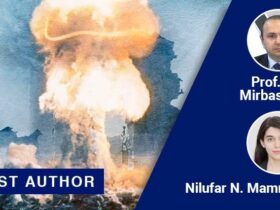

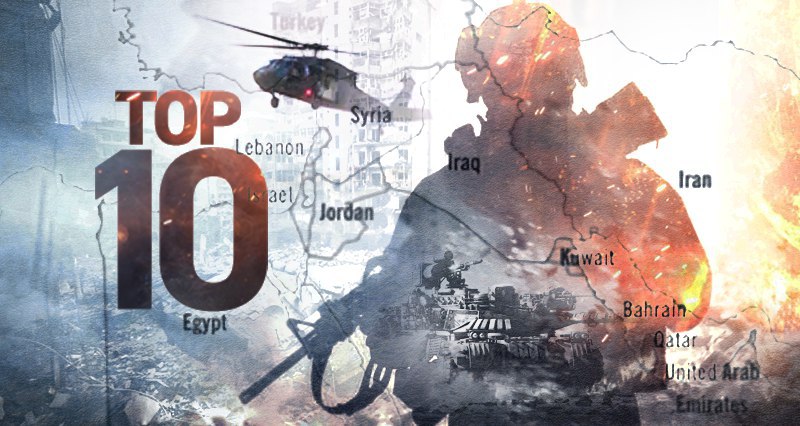


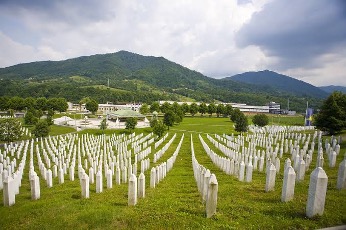


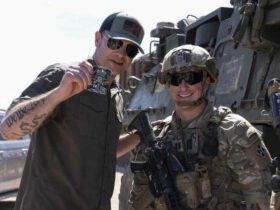
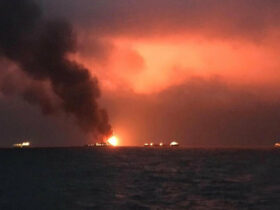

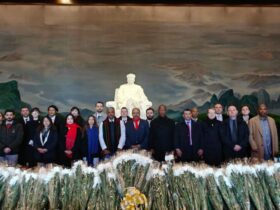
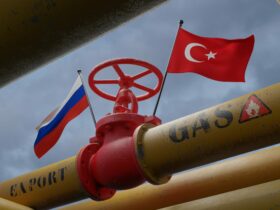

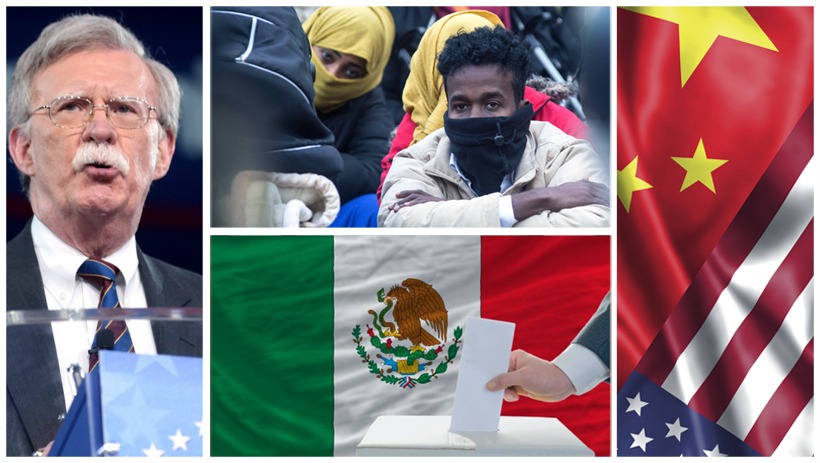
Leave a Reply